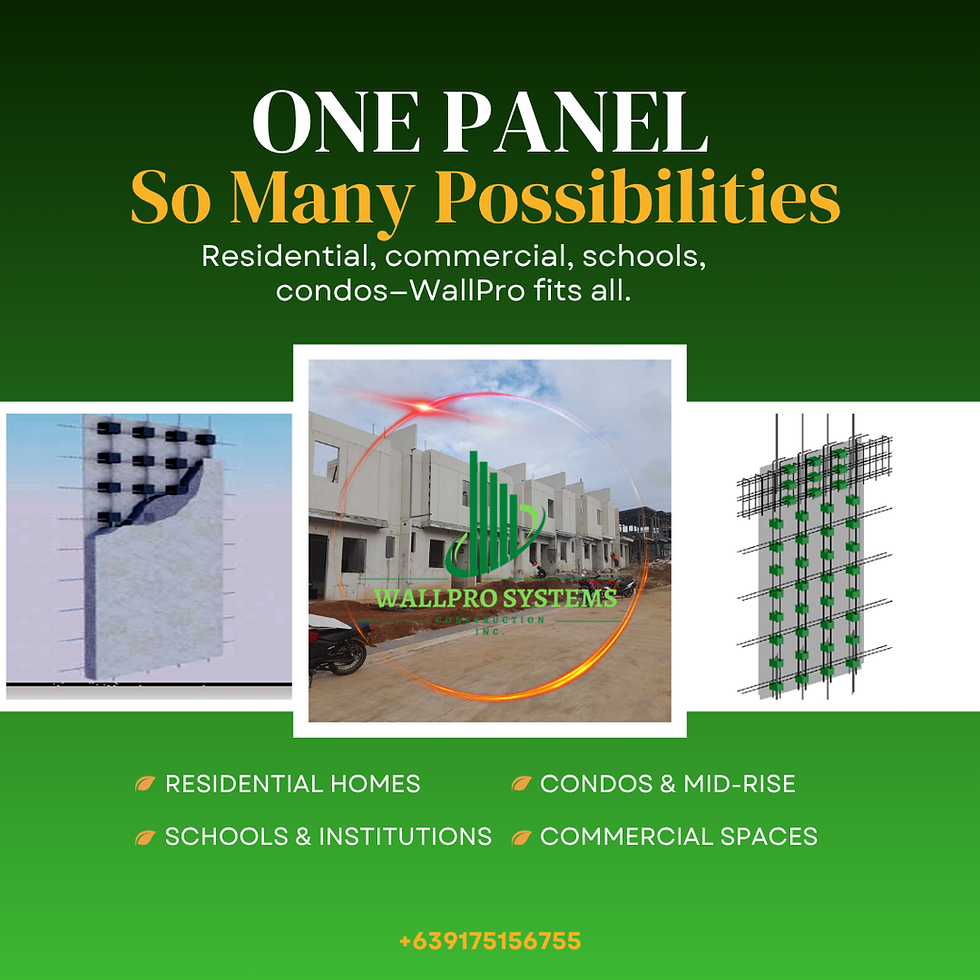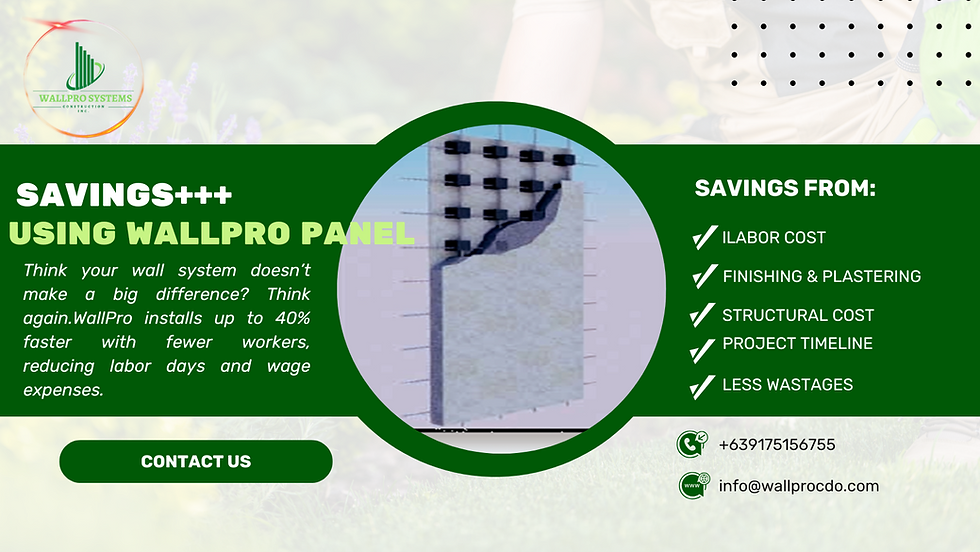Open-Concept Living: Is It Still in Style?
- Gabriel Mikael
- Mar 1
- 2 min read
Open-concept living has been a dominant trend in home design for decades, praised for its spaciousness, versatility, and social benefits. However, as home trends continue to evolve, some homeowners and designers are questioning whether open floor plans are still the best choice. Let’s explore the pros, cons, and the future of open-concept living.
The Appeal of Open-Concept Living
Open floor plans gained popularity in the mid-20th century, offering a modern alternative to compartmentalized homes. The advantages of this design include:
More Natural Light: With fewer walls blocking windows, natural light flows freely, making spaces feel brighter and more inviting.
Improved Social Interaction: Open-concept layouts encourage interaction among family members and guests by eliminating barriers between living, dining, and kitchen areas.
Flexibility in Design: Homeowners can rearrange furniture easily to accommodate different needs, making the space more adaptable.
Enhanced Visual Space: Without walls breaking up rooms, homes appear larger and more spacious.
The Downsides of Open Floor Plans
Despite their popularity, open-concept spaces come with challenges:
Lack of Privacy: With fewer walls, noise travels more freely, making it difficult to find a quiet space for work, relaxation, or study.
Higher Energy Costs: Heating or cooling a large, open area can be less efficient than managing individual rooms.
Limited Storage and Wall Space: Fewer walls mean fewer places to hang artwork, install shelving, or create dedicated storage areas.
Cooking and Odor Spread: Open kitchens can result in food smells spreading throughout the living area, which may not always be desirable.
Is Open-Concept Living Still in Style?
While open floor plans remain popular, recent shifts in lifestyle have led to adaptations:
Hybrid Spaces: Homeowners are incorporating movable partitions, glass doors, and pocket doors to provide flexibility between open and closed spaces.
Dedicated Workspaces: The rise of remote work has increased the demand for separate home offices, which open-concept designs often lack.
Zoning Techniques: Designers are using rugs, furniture placement, and decorative screens to define specific areas within an open space.
Increased Focus on Functionality: Many homeowners now prioritize practical layouts that balance openness with privacy needs.
The Future of Open-Concept Living
While open-concept living isn’t disappearing, it is evolving. The modern approach integrates adaptable spaces, improved acoustics, and functional zoning. The key to a successful open-concept home today is striking a balance between openness and privacy.
For homeowners considering an open floor plan, the decision should be based on lifestyle, household needs, and personal preferences. Whether embracing a fully open design or opting for a hybrid approach, thoughtful planning ensures a home that remains stylish and functional for years to come.




Comments